Dragon fruit, or Hylocereus, is an exotic climbing cactus that produces vibrant, spiky fruits bursting with sweet, juicy pulp. With its striking appearance and low-maintenance nature, dragon fruit has surged in popularity among urban gardeners. One of the best parts? You don’t need a large yard or sprawling farmland to grow it. Dragon fruit thrives in containers, making it perfect for balconies, patios, rooftops, or even sunny windowsills. This comprehensive container gardening guide will walk you through every step needed to successfully grow dragon fruit in pots—whether you’re a beginner or a seasoned gardener.
Why Grow Dragon Fruit in Containers?

Container gardening offers multiple benefits, especially for city dwellers:
- Space Optimization: Ideal for small areas like balconies or terraces.
- Mobility: Move pots easily to maximize sun exposure or protect from harsh weather.
- Pest Control: Containers minimize exposure to soil-borne pests and diseases.
- Soil Control: Easily customize soil quality and drainage for ideal growth conditions.
Choosing the Right Container
The pot you choose is crucial to the health of your dragon fruit plant. Here’s what to consider:
1. Size
- Start with a 15–20-gallon container (at least 16–20 inches deep and 16 inches wide).
- A mature dragon fruit plant has a deep root system, so shallow containers won’t support healthy growth.
2. Material
- Use plastic, ceramic, or clay pots. Ensure they’re sturdy enough to support the trellis system.
- Plastic is lightweight and retains moisture, while terracotta is more breathable but dries out faster.
3. Drainage
- Drainage holes are essential to prevent root rot.
- Add a 2–3 inch layer of gravel or stones at the bottom to improve drainage efficiency.
Best Soil for Container-Grown Dragon Fruit
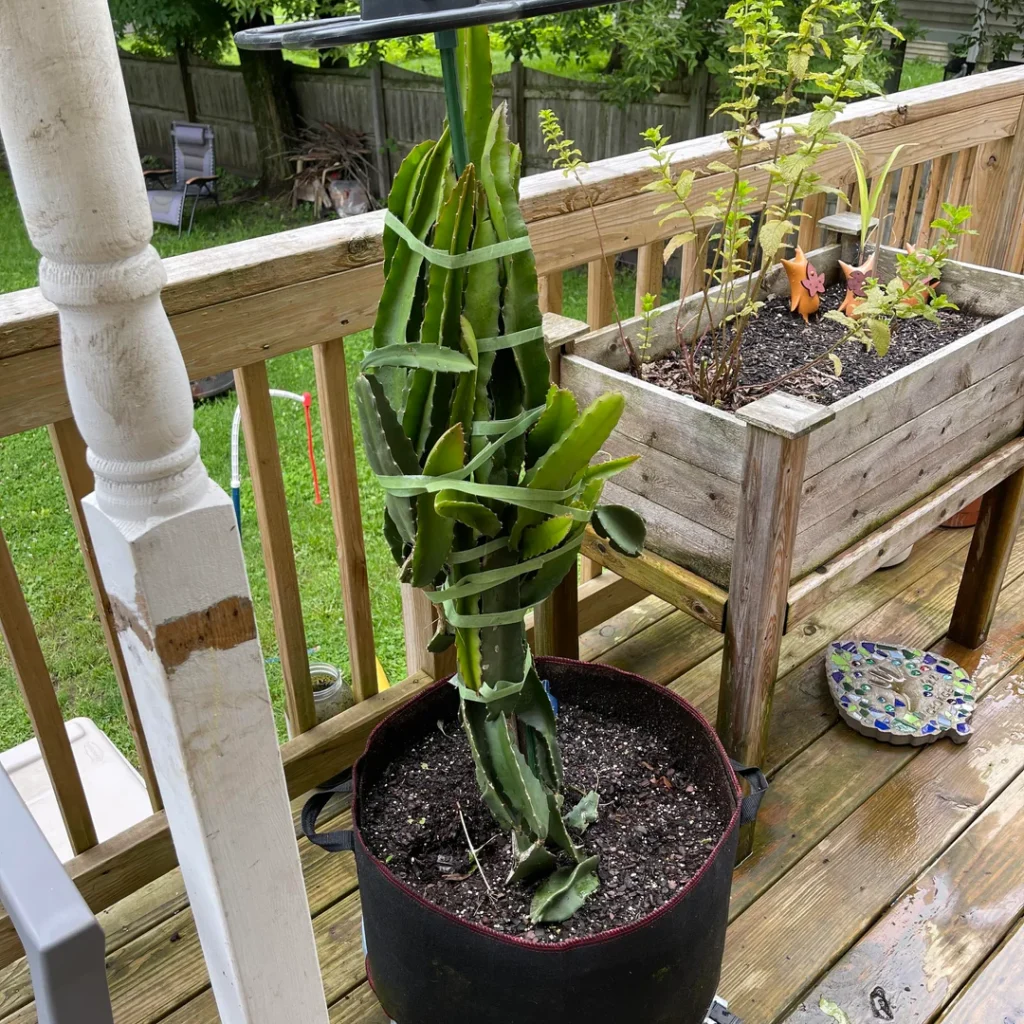
Dragon fruit thrives in well-draining, slightly acidic to neutral soil (pH 6–7).
Ideal Mix:
- 50% potting soil
- 25% perlite or pumice
- 25% compost or well-rotted manure
You can also mix in a bit of sand or cactus mix to enhance drainage.
How to Plant Dragon Fruit in Containers
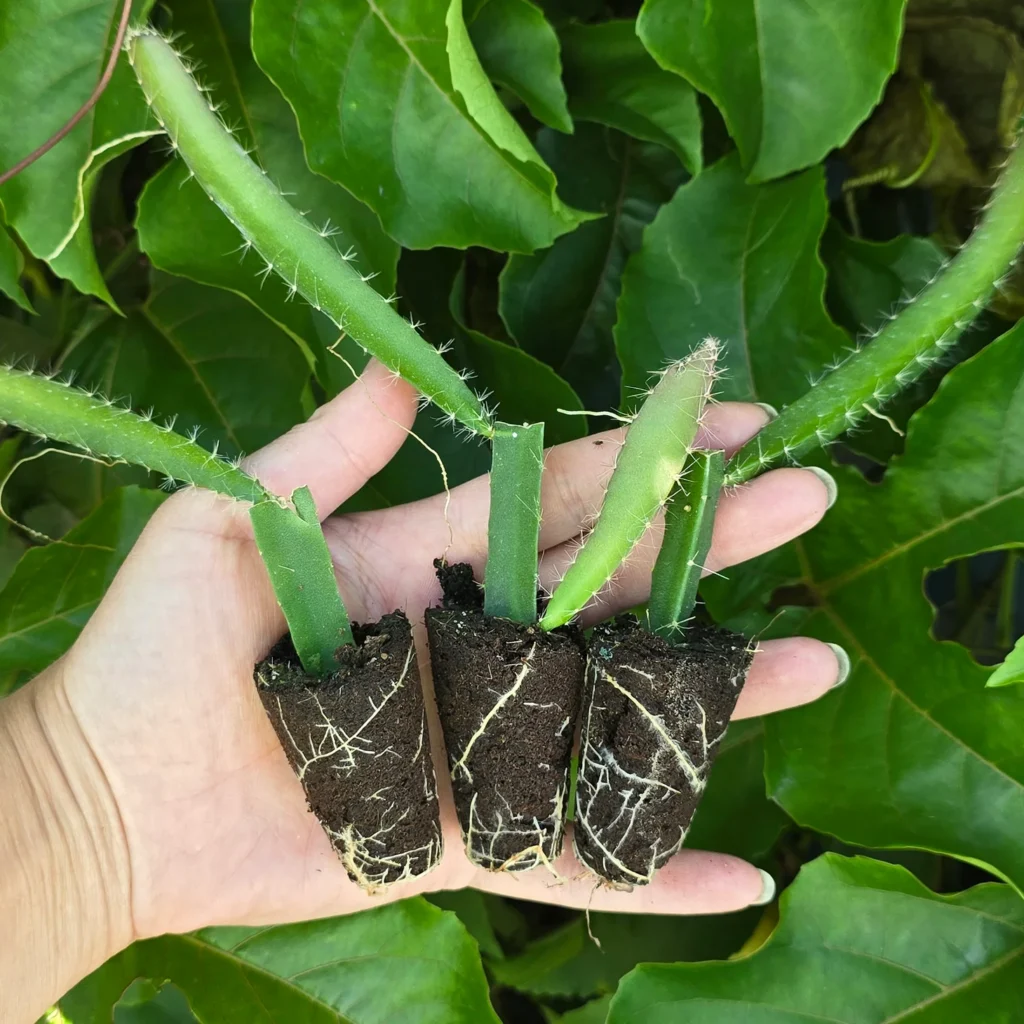
You can grow dragon fruit from seeds or cuttings, but cuttings are faster and more reliable.
Step-by-Step Planting Guide:
Step 1: Prepare the Cutting
- Select a 12–18 inch long cutting from a healthy plant.
- Allow it to dry and callous for 5–7 days before planting to prevent rot.
Step 2: Fill the Pot
- Add your soil mix, leaving 2–3 inches at the top of the pot.
Step 3: Plant the Cutting
- Insert the cutting 2–3 inches deep into the soil.
- Water lightly.
Step 4: Add Support
- Place a trellis or central post in the pot immediately.
- Tie the cutting gently with twine to provide initial support.
Providing the Right Light and Temperature
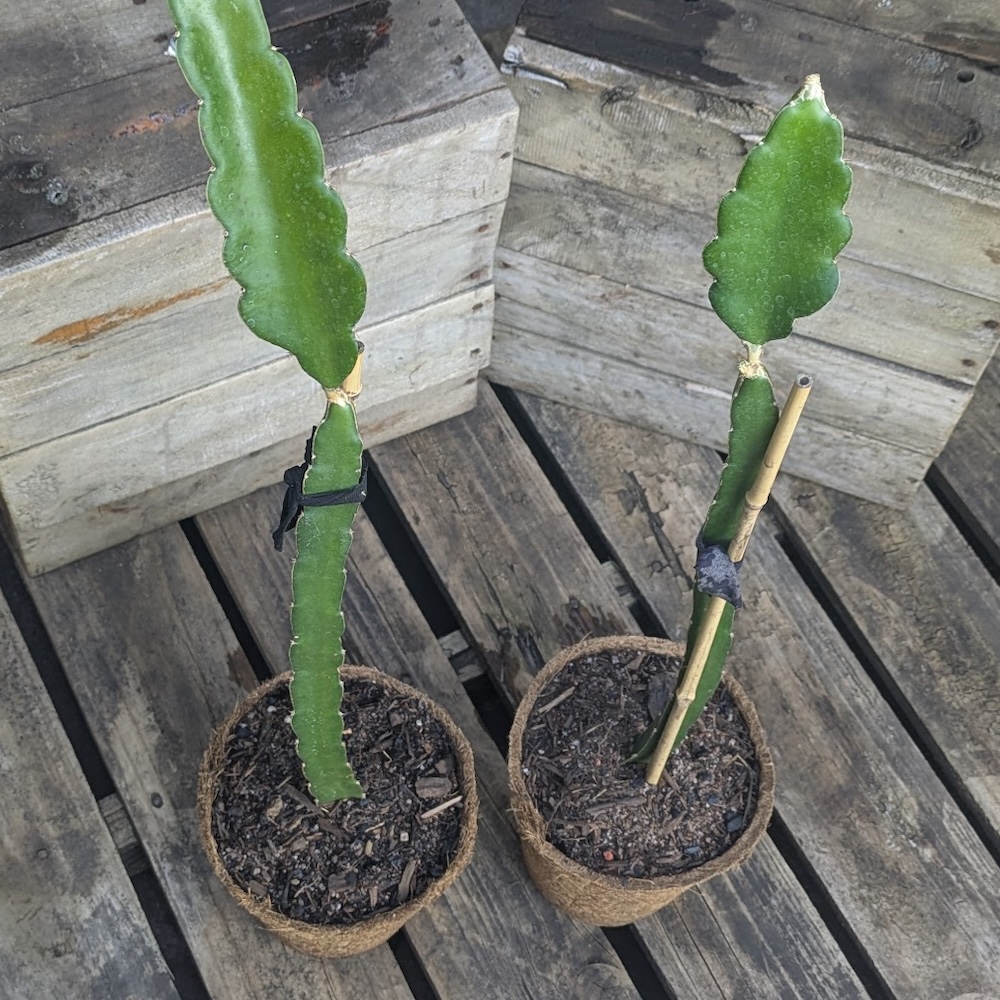
Sunlight
- Dragon fruit loves full sun, requiring 6–8 hours daily.
- If indoors, place the container near a south-facing window or use grow lights.
Temperature
- Ideal temperature range: 65–85°F (18–29°C)
- Protect the plant from frost and temperatures below 32°F (0°C).
- Bring the container indoors during winter if you’re in a cold climate.
Watering and Feeding Your Dragon Fruit Plant
Watering
- Water thoroughly when the top 2 inches of soil are dry.
- Avoid overwatering; dragon fruit is drought-tolerant but hates soggy roots.
Fertilization
- Use a balanced, slow-release fertilizer (10-10-10 or 14-14-14) every 6–8 weeks.
- Supplement with organic compost tea or worm castings monthly for micronutrients.
- During flowering and fruiting, switch to a bloom booster (high in phosphorus) to encourage fruit production.
Pruning and Training
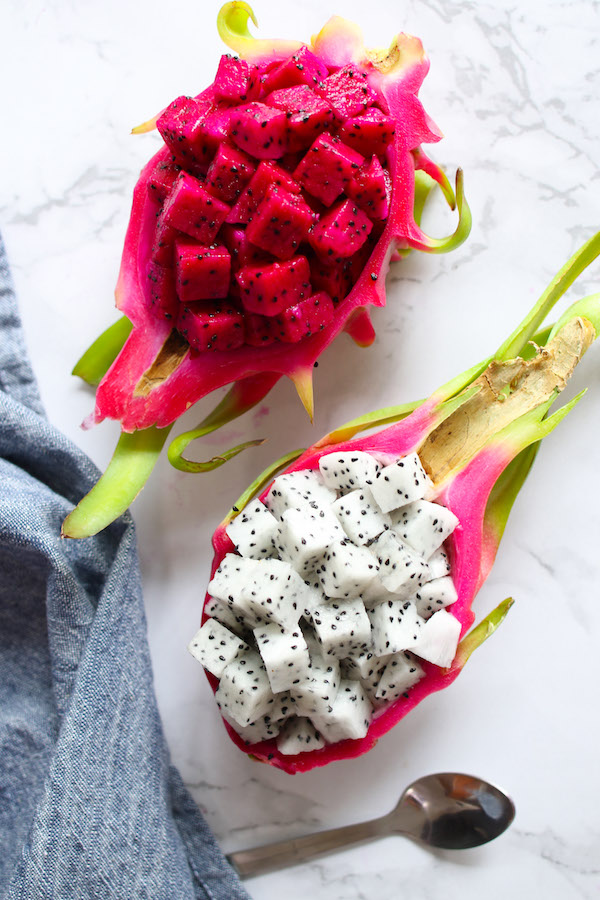
Dragon fruit plants are vigorous climbers and need structure and maintenance.
Trellising Tips:
- Install a central trellis or wooden post with cross-arms at the top.
- Tie stems as they grow to prevent breakage.
Pruning Tips:
- Remove dead, damaged, or crowded stems to improve airflow and sunlight penetration.
- Cut back excessive growth to redirect energy toward flowering and fruiting.
Flowering and Pollination
Dragon fruit typically blooms in late spring to summer, producing large, white, night-blooming flowers.
Pollination Tips:
- Some varieties are self-pollinating, but others require cross-pollination.
- For higher yield, hand-pollinate using a soft brush or cotton swab to transfer pollen from one flower to another.
Pests and Diseases in Containers
While container gardening reduces risk, a few pests may still appear:
Common Pests:
- Aphids
- Mealybugs
- Snails and slugs
Common Diseases:
- Root rot (from overwatering)
- Stem rot
- Fungal infections
Control Measures:
- Use neem oil or insecticidal soap.
- Ensure adequate drainage and airflow.
- Remove infected parts immediately.
Harvesting Dragon Fruit in Containers
When to Harvest:
- Fruits are ready 30–50 days after flowering.
- Look for vibrant color and slight softening.
How to Harvest:
- Use garden scissors or a knife to cut the fruit close to the base.
- Avoid pulling, which can damage the vine.
Troubleshooting Common Issues
| Problem | Cause | Solution |
|---|---|---|
| Yellowing leaves | Overwatering or poor drainage | Check drainage; reduce watering |
| No flowers | Lack of light or nutrients | Increase sun exposure; add fertilizer |
| Fruit dropping prematurely | Inadequate pollination | Try hand pollination |
| Stunted growth | Small container or poor soil | Repot in larger container; amend soil |
Conclusion
Container gardening makes growing dragon fruit accessible to anyone with a little space and a lot of passion. With the right setup—good soil, proper container, sturdy trellis, and plenty of sunshine—you can enjoy the thrill of watching your cactus vine bloom and bear fruit. Whether you’re limited by space or simply want a striking, edible plant for your urban garden, dragon fruit is a unique and rewarding choice.
By following this comprehensive container gardening guide, you’ll be well on your way to cultivating juicy, homegrown dragon fruits that not only taste great but also add a touch of the tropics to your home.

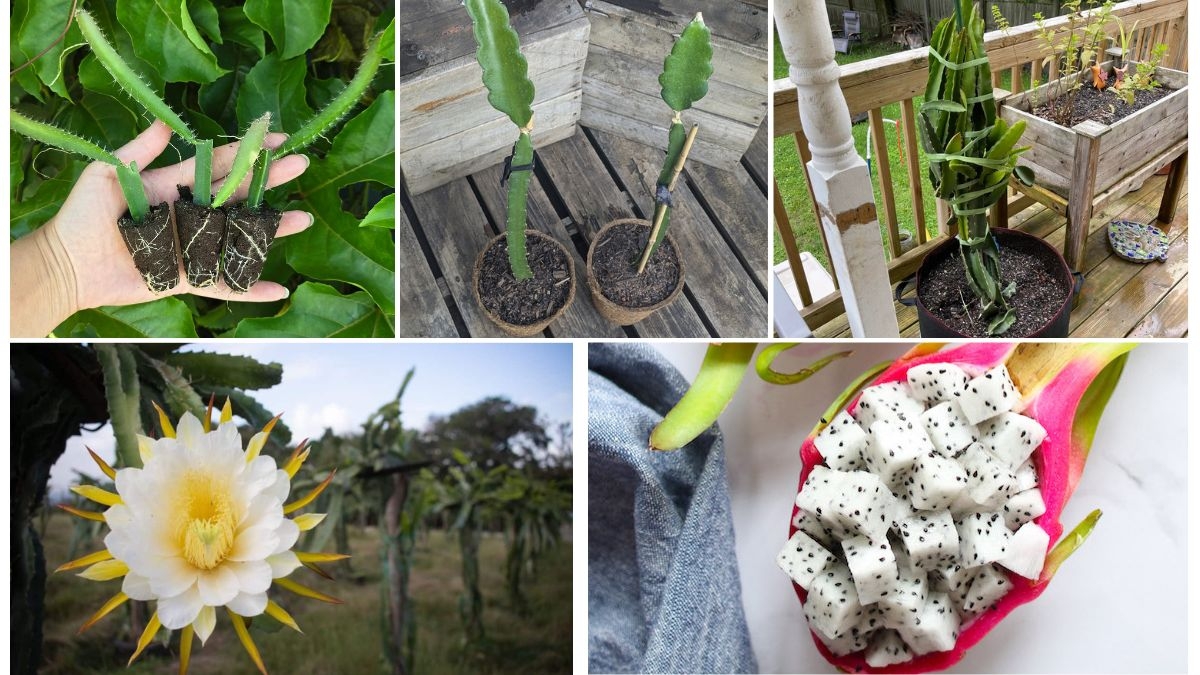
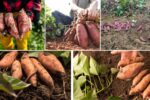

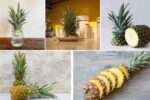
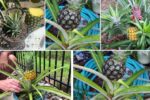
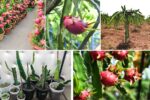
Leave A Comment